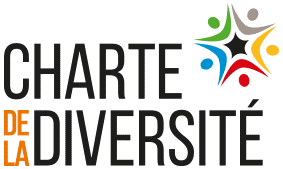


Score Diversité & Inclusion
59/100
58%
62%
61%
59%
59%


Principaux indicateurs diversité et inclusion

Transversal
*ND = Non disponible
Genre
*ND = Non disponible
Handicap
*ND = Non disponible
Origines
*ND = Non disponible
Générations
*ND = Non disponible
LGBTQIA+
*ND = Non disponible